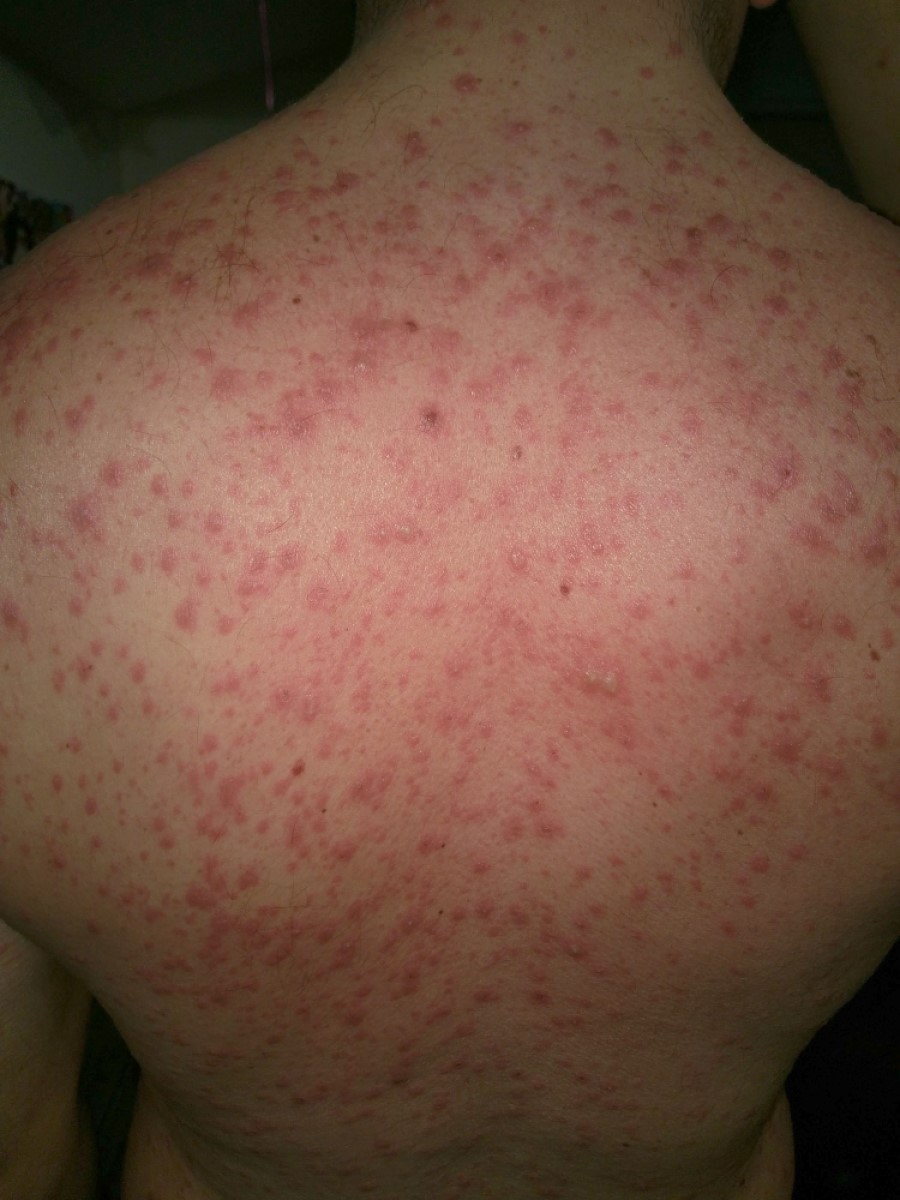
World-first cure for lethal skin disease achieved in landmark study
On Nov. 11, 2024, an international team of researchers has for the first time cured patients with Toxic epidermal necrolysis (TEN), a lethal skin disease, in a breakthrough study that could lead to an approved curative therapy for the deadly condition. Toxic epidermal necrolysis is a life-threatening condition that causes widespread blistering and detachment of the skin, often requiring hospitalisation.
A pioneering study involving a critical collaboration with WEHI has identified a new driver of the disease that can be targeted with an existing class of drugs, marking the first ever cure for the life-threatening condition.
The rare condition is triggered by an extremely severe adverse reaction to common medications, such as allopurinol (used to treat gout) and certain over the counter antibiotics. With a mortality rate of around 30%, the disease can rapidly progress from a seemingly harmless rash into a life-threatening condition.
Second author molecular biologist Dr Holly Anderton from the the Walter and Eliza Hall Institute of Medical Research (WEHI) said the team used JAK inhibitors – a class of drugs currently approved for the treatment of inflammatory diseases like rheumatoid arthritis – to treat patients with the disease.
In a collaboration with the Max Planck Institute of Biochemistry (Germany), researchers used spatial proteomics to analyse skin samples from patients with TEN. Using this cutting-edge approach, known as Deep Visual Proteomics, the team was able to zoom in on individual cells and study them in unprecedented detail, creating a map of the thousands of proteins that drive this deadly disease.
In partnership with clinical teams led by Chao Ji at the First Affiliated Hospital of Fujian medical University in China, they administered JAK inhibitors to patients suffering from toxic epidermal necrolysis. Remarkably, all seven patients experienced rapid improvement and full recovery upon treatment.
This research led to the groundbreaking result of seven patients being cured of the life-threatening disease. Researchers hope the milestone findings will soon pave the way for a clinical trial aimed at the Regulatory approval of JAK inhibitors as a cure for TEN.
Tags:
Source: The Walter and Eliza Hall Institute of Medical Research
Credit: Photo: Early stage blisters on the back of a Toxic epidermal necrolysis (TEN) patient on day 3 of condition. Courtesy: Wikipedia.
